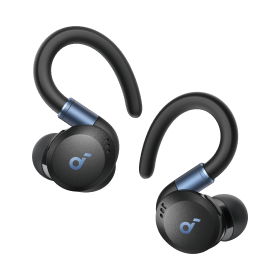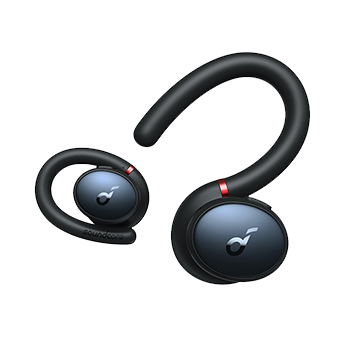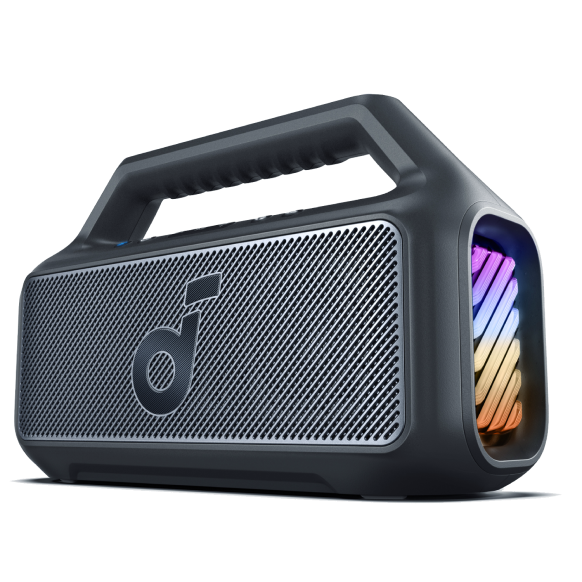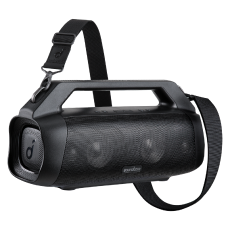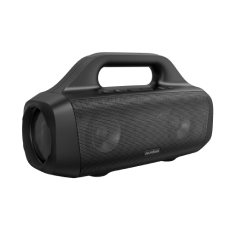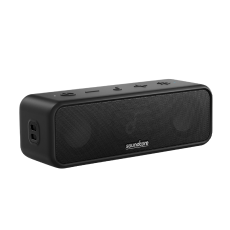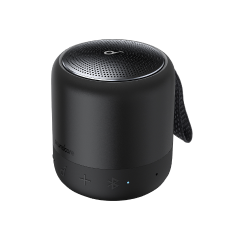How to Connect Two Bluetooth Speakers to One iPhone: Great Tips
Whenever you're hosting a party, relaxing at home, or embarking on an outdoor adventure, have you ever hoped to connect multiple Bluetooth speakers to iPhones to take your audio experience to the next level? Actually, connecting two or more portable speakers for iPhones can greatly enhance your audio experience and create an immersive sound stage. So, how to connect multiple Bluetooth speakers to iPhones? In this article, we'll explore the possibilities and guide you through three different methods to connect two Bluetooth speakers simultaneously for iPhones. Whether you want to amplify your music or create a stereo effect, we've got you covered.
How Many Devices Can Be Connected to an iPhone?
When it comes to connecting Bluetooth devices to your iPhone, you might be wondering can iPhone connect to multiple Bluetooth devices and how many can be connected. In fact, Apple provides some guidelines for practical usage, showing that it is technically capable of supporting up to 7 connected devices. However, practically, it’s best to keep the number of connected Bluetooth devices to three or four to ensure it functions without problems.
Additionally, with the introduction of iOS 13, iPhones gained a new feature called audio sharing, which enables you to share audio from a single iPhone to multiple devices simultaneously via Bluetooth. With this feature, you can share audiobooks, videos, podcasts, and songs with any compatible speakers, AirPods, and headphones, expanding your audio setup while maintaining a smooth and enjoyable user experience.
Methods of Connecting Two Bluetooth Speakers to an iPhone
Now that we know how many devices can be connected to an iPhone, let's explore how to connect multiple Bluetooth speakers to one device. We'll take connecting two Bluetooth speakers simultaneously for iPhone iOS 15 as an example to show different methods of how to connect 2 speakers to one phone. These methods offer flexibility and convenience, allowing you to create a powerful audio experience.
Connecting Directly with Bluetooth 5.0 and Above

If your iPhone supports Bluetooth 5.0 or above, how to connect 2 Bluetooth speakers won't be a problem for you. Basically, you can take advantage of Bluetooth 5.0 advanced features to connect two Bluetooth speakers without the need for additional apps or accessories. Here's how:
- Turn on both Bluetooth speakers and ensure they are in pairing mode.
- On your iPhone, go to "Settings" and tap on "Bluetooth."
- Enable Bluetooth if it's not already on,and wait for your iPhone to detect available devices.
- The Bluetooth speakers should appear in the list of available devices. Tap on each speaker to connect to them individually.
- Once connected, your iPhone will recognize both speakers as separate audio outputs. You can now play music or any audio content, and it will be streamed to both speakers simultaneously.
Using the Specific Features from Bluetooth Speakers

Some speaker manufacturers have built special features for connecting multiple of their speakers, such as the soundcore PartyCast for soundcore speakers. You can use them to connect multiple Bluetooth speakers wirelessly. Here's how you can use soundcore PartyCast to connect multiple soundcore speakers to your iPhone:
- Enable Bluetooth mode on your iPhone and power on the wireless speakers.
- Choose a primary speaker. Take the soundcore Motion Boom Plus speaker as an example, and connect it to your phone.
- Activate the PartyCast feature on the primary speaker by pressing its Bluetooth button for about 3 seconds. It's successfully connected when you see a light blinking white.
- Activate the PartyCast on the second speaker following the same method, and it will flash white to indicate a successful connection.
- Repeat this way to connect additional speakers to the primary speaker if you need.
Using the Third-Party Apps

If your iPhone does not support Bluetooth 5.0 or if you have different brands of Bluetooth speakers, you can utilize third-party apps like the versatile AmpMe to create a multi-speaker setup by creating and joining parties to sync audio playback from YouTube, Spotify, your media library, etc. across multiple devices. Here's how to use AmpMe:
- Install the AmpMe app from the App Store and open it on your iPhone.
- Follow the in-app instructions to create a party or join an existing party.
- Once you're in the party, select the option to add a speaker.
- Follow the prompts to connect your first Bluetooth speaker.
- Repeat the process to connect the second Bluetooth speaker.
- Once both speakers are connected, you can start playing music or any audio content through the AmpMe app, and it will be streamed to both speakers simultaneously.
FAQ
Can a phone play 2 Bluetooth speakers at once?
Yes, a phone can play audio through two Bluetooth speakers at once if it supports Bluetooth 5.0 or above and features such as dual audio or audio sharing. Besides, you can also try the official speaker app or third-party apps to connect 2 speakers to one phone. However, this also depends on the specific phone model, and older models may not work with two Bluetooth speakers simultaneously. Please check your phone's specifications or consult the manufacturer for more details.
How to share audio on iPhone?
To share audio on an iPhone, you can use 3 methods:
- Use Bluetooth to connect the different devices for sharing the audio.
- For iPhones with iOS 13 or later versions, use the Audio Sharing feature to play the same audio on both devices simultaneously.
- Use third-party Apps like AmpMe to join different iPhones to the same party for sharing audio.
Conclusion
Now that you know how to connect iPhone to Bluetooth speakers and how to share audio on iPhones, you can open up a world of possibilities for immersive audio experiences. Moreover, these methods in the article also apply to people wondering how to connect Bluetooth headphones to iPhones to elevate the audio experience and bring music to life.
Whether you want to create a stereo effect, amplify sound, or simply enjoy synchronized playback, the methods outlined in this article provide you with options to achieve your desired audio setup.














